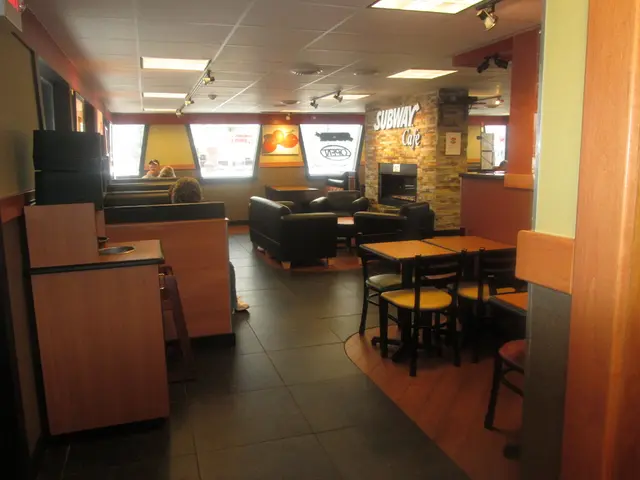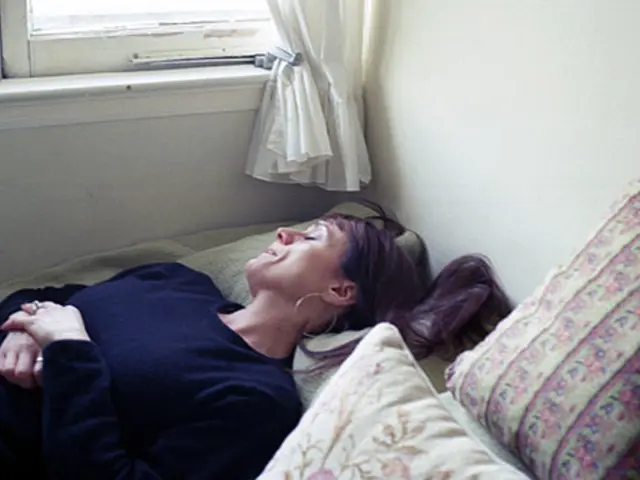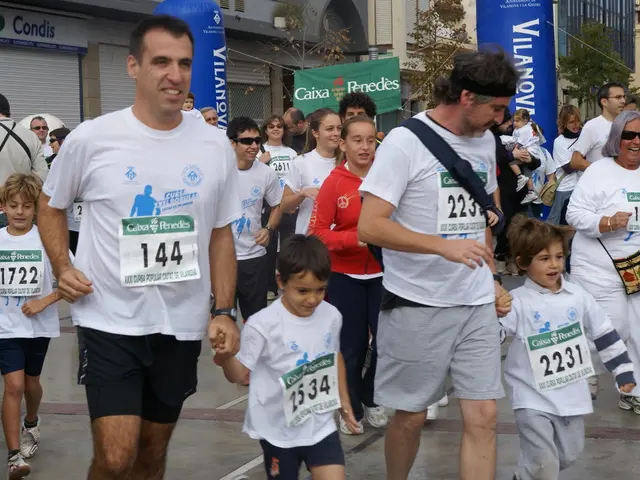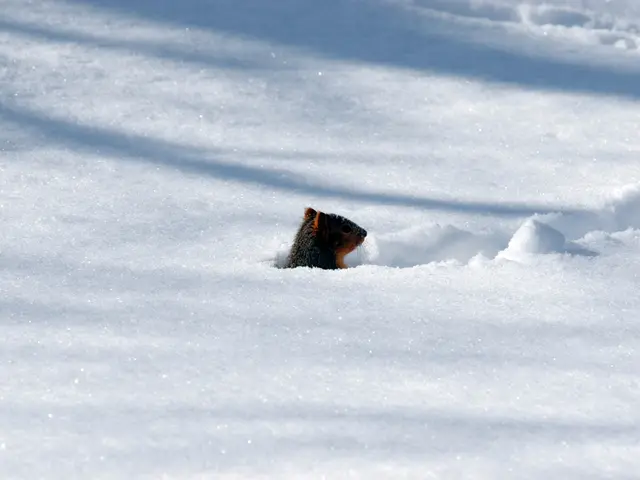Tragic Gas Leak at Harvest Worker Dorm: Two Lives Lost
- *
Tragedy at Farmworker Dormitory: two fatalities from fire exit incident - Two individuals deceased due to gas leak in temporary farming assistance quarters
A horrific catastrophe transpired at a dormitory housing Romanian harvest workers in East Westphalia, claiming the lives of two individuals - a 19-year-old woman and a 23-year-old man. Upon arriving at the scene in Höxter, authorities reported the grim findings. Investigators suspect a potential malfunction in the heating system might be the culprit, with carbon monoxide poisoning suspected.
The dormitory housed 23 occupants. Unfortunately, three individuals were injured from the gas while the remaining residents were successfully rescued by emergency services, unharmed.
High levels of carbon monoxide were detected in the air by firefighters. Police speculate that a technical issue - possibly from the heater - may have instigated the leak.
Upon further investigation, a united effort from authorities has sealed off the entire building. It remains unknown whether this unfortunate incident was an accident or if accountability lies with anyone. Hence, an investigation has been launched on suspicion of negligent homicide against unrecognized individuals.
Breakdown of Heater-Related Gas Leaks and Carbon Monoxide Poisoning
1. Weakened Heat Exchangers
Heat exchangers, essential components in furnaces and heaters, may succumb to metal fatigue over time due to repeated expansion and contraction during temperature fluctuations. Guesswork, cracks, and fissures can result, potentially allowing toxic combustion gases, like carbon monoxide, to seep inside buildings instead of exiting properly outdoors, culminating in fatal poisoning incidents[1].
2. Dirty Burners
If burners become soiled with debris or soot, the flame burns unevenly and inefficiently. This results in reduced oxygen supply and incomplete combustion, leading to the production of carbon monoxide and the generation of harmful exhaust gasses[1].
3. Deteriorated Gas Lines and Loose Connections
Gas lines and pumped connections can degenerate due to moisture accumulation within the system, particularly during winter months. Rust weakens the pipe walls, creating holes and weak spots that allow gas to seep unnoticed, increasing the risk of leaks and subsequent poisoning[1][3].
4. Worn or Faulty Seals and Connections
Seals and metal fittings under constant pressure degrade over time. Tiny cracks or weak points develop, permitting gas to escape. Improper installation or damage from shifting soil or accidents may also lead to gas line breaches[3].
5. Absent Safety Features in Older Heating Systems
Older heating systems might lack modern safety features, such as flame sensors and automatic shutoff controls. Without these precautionary measures, a single malfunction (such as a cracked heat exchanger or gas leak) can go unrecognized, leading to dangerous accumulation of carbon monoxide[1].
In summary, fatal carbon monoxide poisoning incidents linked to heaters commonly arise from weakened heat exchangers, soot-affected burners resulting in incomplete combustion, deteriorated gas lines, worn seals, and the absence of required safety mechanisms in aging systems[1][3]. Regular inspections, timely maintenance, and the timely replacement of worn parts are crucial to avoid such disasters[1].
- The community policy should emphasize regular inspections and maintenance of heating systems to prevent accidents like the fatal gas leak in East Westphalia that caused the loss of two lives.
- The authorities suspect that the vocational training on maintenance and safety of heating systems could have helped identify potential malfunctions and prevent the tragic incident at the dormitory in Höxter.
- In light of the recent gas leak accident, it is important for ongoing vocational training and education on health and wellness, specifically on the dangers of carbon monoxide and the signs of poisoning, to be made available to residents in general.
- As part of the investigation into the tragic gas leak at the harvest worker dorm, it is essential to examine whether the technical components of the heating system had been properly maintained, including all vocational training and certification records.
- In the wake of the accident, authorities have issued warnings about the dangers of carbon monoxide poisoning due to failed heaters, reminding everyone of the significance of vocational training and the importance of swift action when addressing any technical issues involving heating systems.








